

 7
7





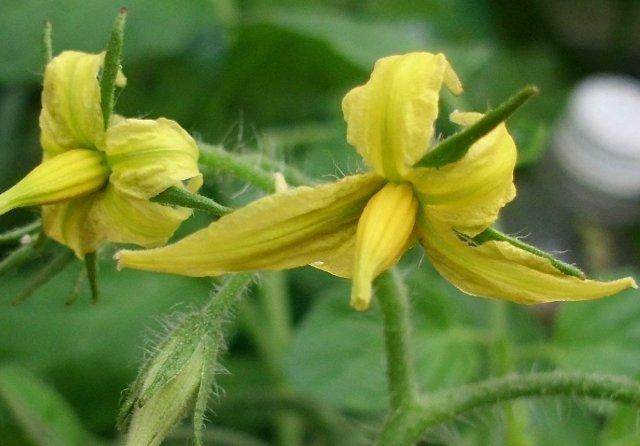
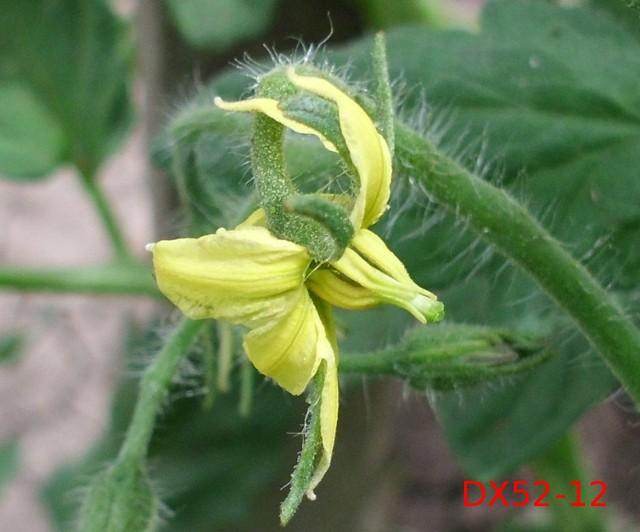
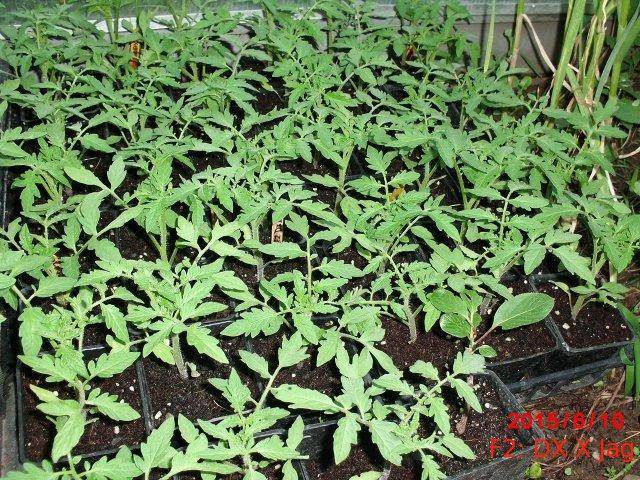
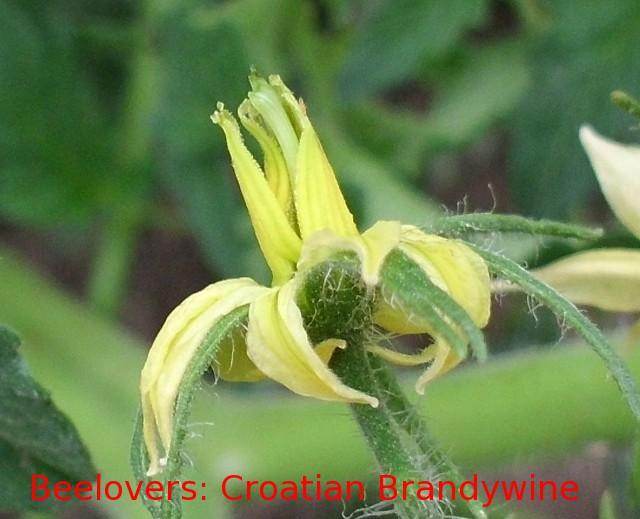

 2
2





 1
1











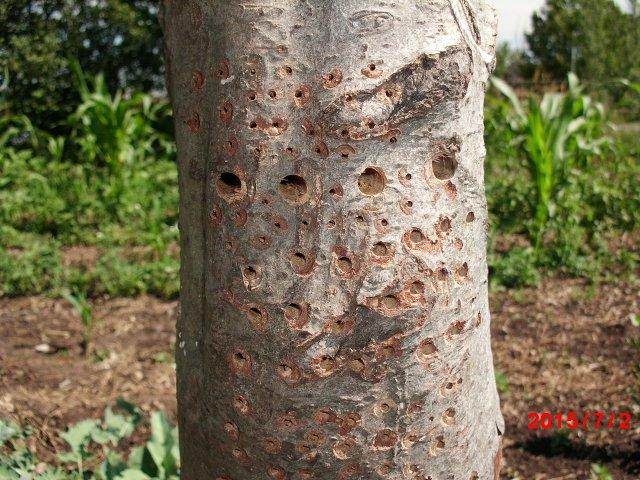

 1
1




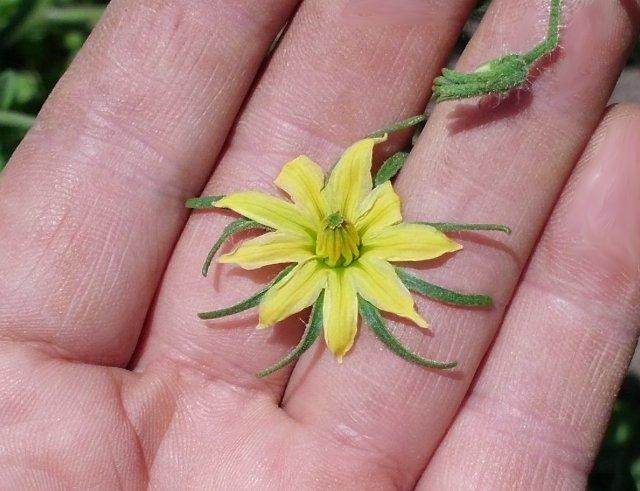
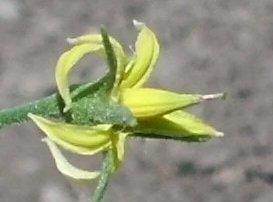

 1
1





 1
1




Hans Albert Quistorff, LMT projects on permies Hans Massage Qberry Farm magnet therapy gmail hquistorff

 3
3





 1
1




Joseph Lofthouse wrote:I spent about an hour in the tomato patch today examining the plants from one of the F2 clades for the promiscuous pollination project: [Hillbilly X Jagodka]. There were two plants with exerted stigmas, (that can easily rub up against the bellies of bumblebees). One of those two was a determinate...
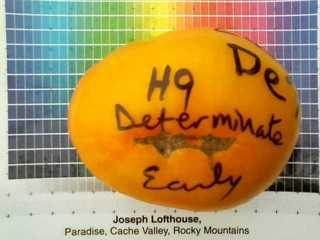
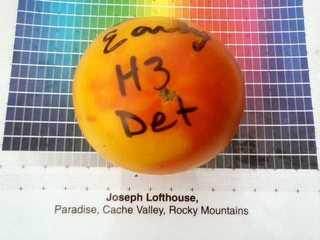
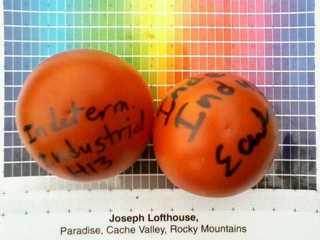
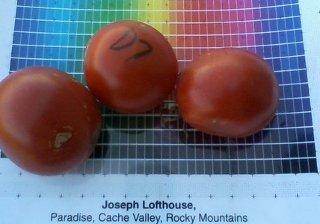







 1
1




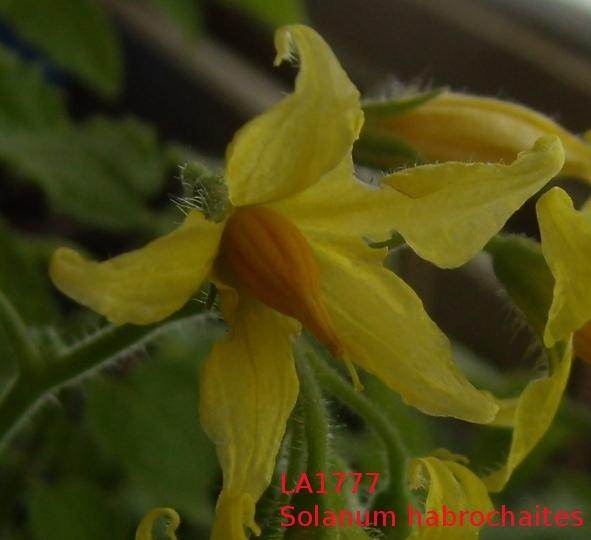
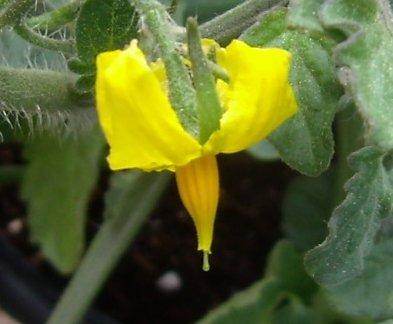

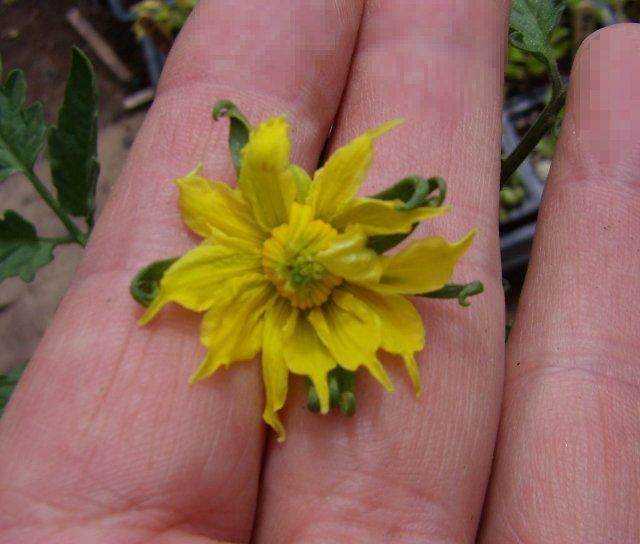
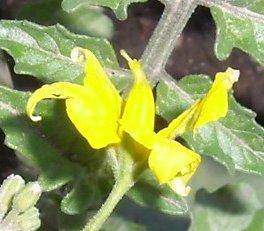
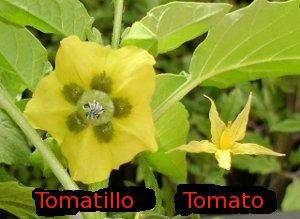


 3
3
















 2
2





 2
2




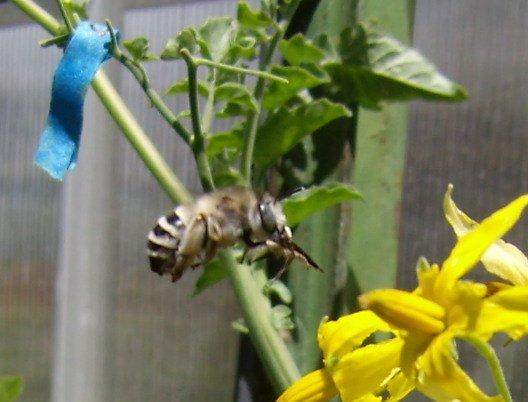
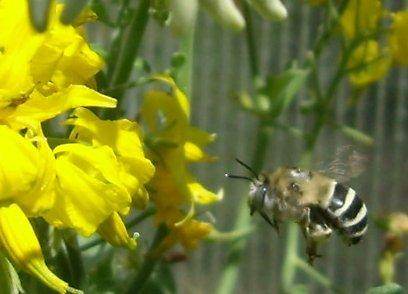









 1
1










 1
1




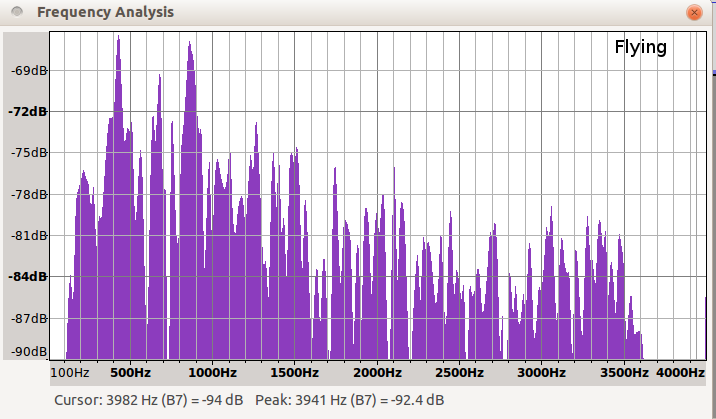
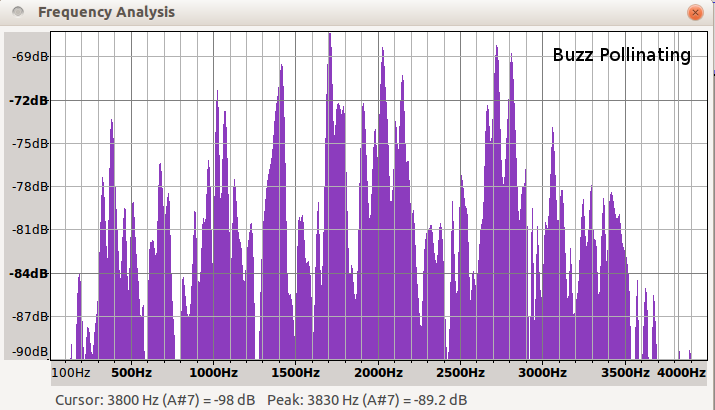




 1
1











 1
1




“The most important decision we make is whether we believe we live in a friendly or hostile universe.”― Albert Einstein
 1
1




Pollinator preference was scored asthe percentage of flowers with pollination marks relative to the total number of open flowers on the respective in florescence. Pollination marks are typical brown spots on the tomato flower anther cones, which appear within 5 min after a pollinator visited (Fig. 1c). They are exclusively a result of small injuries that are caused bythe pollinators when manipulating the flower for pollen harvest and are good indicators for pollinator visitation,pollen deposition, and thus pollination success. The percentage of flowers with pollination marks and the percentage of fruit set was strongly correlated in our surveys (Spearman correlation, r¼0.606, P,0.0001;Appendix B). Moreover, pollination marks can be easily distinguished from injuries caused by other flower visitors, such as thrips.
Herbivory-mediated pollinator limitation: Negative impacts of induced volatiles on plant-pollinator interactions (PDF Download Available). Available from: www.researchgate.net/publication/51662618_Herbivory-mediated_pollinator_limitation_Negative_impacts_of_induced_volatiles_on_plant-pollinator_interactions [accessed Jun 14, 2017].

FIG. 1. Pollinators and their marks on Solanum peruvianum flowers. (a) Colletes sp. (Colletidae) and (b) Corynura sp.(Halictidae) bees vibratile (‘‘buzz’’)-pollinating flowers. (c) Typical pollination marks on a S. peruvianum anther cone appearing 5min after visitation by a bee. For a sense of scale: (a) typical Colletes individual is 15 mm long; (b) Corynura is 8–10 mm long; and(c) anther cone is 10–12 mm long.
 1
1




 1504462611808 by Andrew Barney, on Flickr
1504462611808 by Andrew Barney, on Flickr
 1504462611526 by Andrew Barney, on Flickr
1504462611526 by Andrew Barney, on Flickr
 1503516858918 by Andrew Barney, on Flickr
1503516858918 by Andrew Barney, on Flickr



Argue for your limitations and they are yours forever.

 1
1








Argue for your limitations and they are yours forever.
 1
1




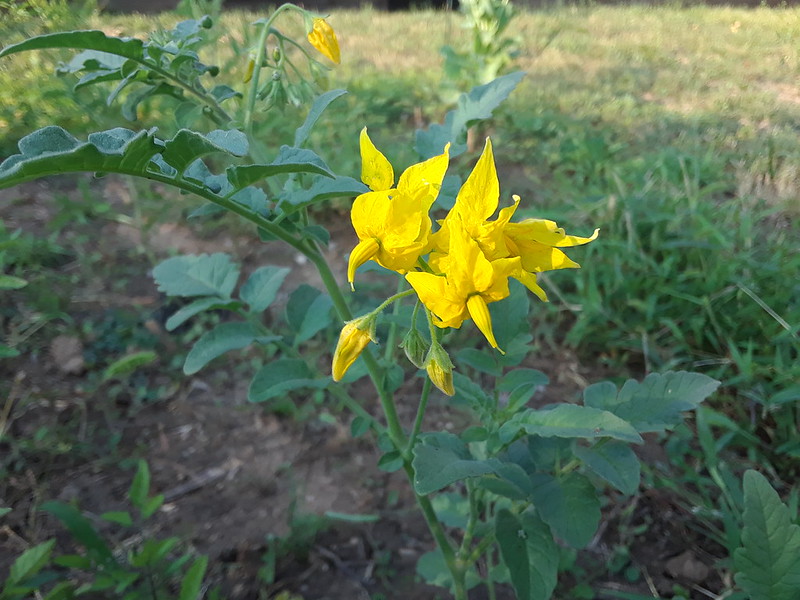 Wild tomato patch 2018 by Andrew Barney, on Flickr
Wild tomato patch 2018 by Andrew Barney, on Flickr
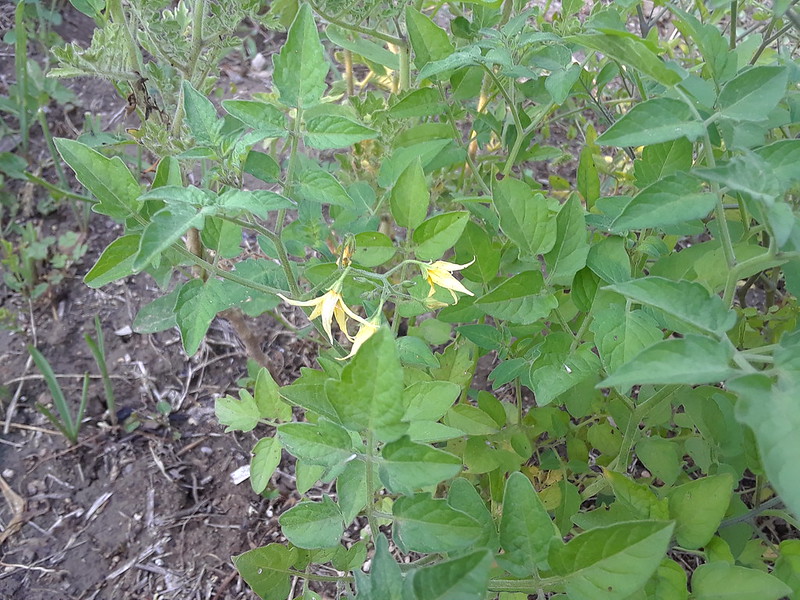 Wild tomato patch 2018 by Andrew Barney, on Flickr
Wild tomato patch 2018 by Andrew Barney, on Flickr

 1
1




![Filename: irrigating-promiscuous-tomatoes_640.jpg
Description: A patch of wild tomatoes in the foreground [Thumbnail for irrigating-promiscuous-tomatoes_640.jpg]](/t/47793/a/64116/irrigating-promiscuous-tomatoes_640.jpg)
 1
1





 1
1




Andrew Barney wrote:I like that idea! Sure Why not select for flavor in the hard to cross species?!
Andrew Barney wrote:How attractive to bees are your WTF and WXO line of hybrids with the good flowers doing?




Western Montana gardener and botanist in zone 6a according to 2012 zone update.
Gardening on lakebed sediments with 7 inch silty clay loam topsoil, 7 inch clay accumulation layer underneath, have added sand in places.

 1
1




 1
1




Joseph Lofthouse wrote:William: I stare a lot at the Solanum corneliomulleri plants to try to answer that question... Half of the corneliomulleri plants this year are descended from the seed that you returned to me. They are the population that has the plant with 10X larger fruits, and plants with huge abundance of fruits. And a plant with wholly purple fruits. And they are early!
I have a population of S peruvianum that is self-seeding. There are two plants among the volunteers that look like they might be habrochaites/peruvianum hybrids. They may get frozen in a couple weeks unless I dig them and bring them inside. They aren't anywhere near to producing fruits.




Joseph Lofthouse wrote:William: I stare a lot at the Solanum corneliomulleri plants to try to answer that question... Half of the corneliomulleri plants this year are descended from the seed that you returned to me. They are the population that has the plant with 10X larger fruits, and plants with huge abundance of fruits. And a plant with wholly purple fruits. And they are early! None of those traits have been noticeable in the S corneliomulleri population in the past. So it seems like they might be hybridized. It's really hard in a species -- that is so genetically diverse to start with -- to identify hybrids based on things like leaf/flower shape. But then, this is the third successful generation in my garden, and I call that the magical year in my plant breeding efforts, so I don't know how much of the improved growth to attribute to plain old selection, and how much, if any, to attribute to hybridization. I certainly plant in such a way as to encourage natural cross pollination within and between species and complexes. I'm growing a crossing block containing 7 species and 2 families of interspecies hybrids. They aren't necessarily compatible with each other, but I'm certainly inviting genetic exchange between them.
I'm intending to pick the corneliomulleri fruits plant by plant, to see if any differences jump out that wouldn't be obvious in a bulk picking.
This year, I planted patches of S peruvianum, S corneliomulleri right next to each other. I'm really toying with the idea of listing them as Peruvianum complex in my next seed catalog. A patch of S habrochaites was planted a few feet away. Also nearby were patches of [domestic X habrochaites] and [domestic X pennellii], so perhaps there might be a little back crossing going on as well. At least I'll be watching for it in future years.
I'm wishing that I'd have planted the bulk of the S habrochaites plants closer to the [domestic X habrochaites] plants. That might have encouraged more back crossing to S habrochaites. The rows are only about 24 feet away, but still....
I have a population of S peruvianum that is self-seeding. There are two plants among the volunteers that look like they might be habrochaites/peruvianum hybrids. They may get frozen in a couple weeks unless I dig them and bring them inside. They aren't anywhere near to producing fruits.
Western Montana gardener and botanist in zone 6a according to 2012 zone update.
Gardening on lakebed sediments with 7 inch silty clay loam topsoil, 7 inch clay accumulation layer underneath, have added sand in places.

|
meow meow meow tiny ad meow meow
Support permies and give beautiful gifts to gardeners: permaculture playing cards.
https://gardener-gift.com/
|









